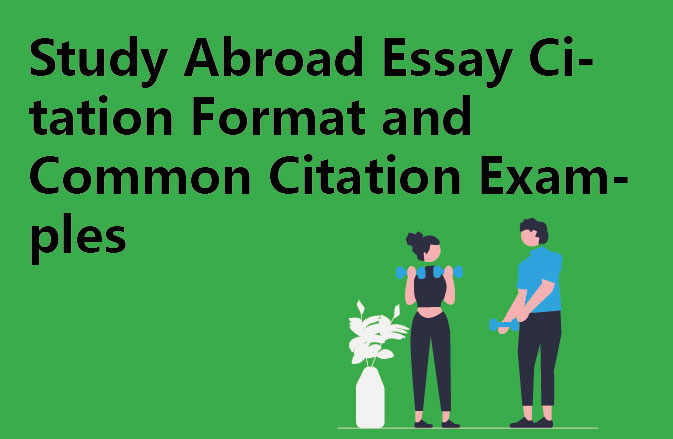The purpose of this article is to provide you with a detailed overview of the four commonly used citation formats, Harvard, MLA, APA, and Chicago. We will focus on the format of the citation versus the structure of the reference list after the text, as well as how to ensure the accuracy of the cited content. In order to avoid being misunderstood or seen as academic plagiarism, it is important that you follow these guidelines.
I. Citation
The bibliography is a particularly important component of an academic treatise. It provides authoritative confirmation of the source of ideas, data and even facts, and is one of the key factors affecting the credibility of an article. Therefore, it is particularly important to be familiar with and master the application of different citation formats and to ensure their accuracy. This chapter will elaborate on the specific requirements and scope of application of these four commonly used citation formats, including the Harvard system, the American Psychological Association (APA), the Modern Language Association (MLA), and the Chicago Style.
Harvard System
Harvard system is a widely used citation format, mainly for books, thesis and other longer text form of citation. The system uses the following form when citing works:
Author (last name in full spelling, beginning capitals), title of the work, edition, edition number, publisher’s location and publisher’s name, year of issue and page number. For example, “John Smith, An Inquiry into the Nature of Human Understanding, 2nd edition, Cambridge: University Press, 2019, pp. 12-17. ”
Leading zeros may be omitted when citing a treaty title. For example, Volume III is 3 th, and Issue XII is 12 th. In addition, abbreviations should be avoided as much as possible to ensure that the cited information is complete and reliable.
The Modern Language Association (MLA) Format
MLA format is more common in English research paper writing, and its citation format is as follows:
The name of the person (surname in full spelling, beginning with capital letters), the title of the article, the name of the journal (in italics), the volume number (Numbered), the issue number (Numbered), the year published and the page number. For example, “Ferdinand Samper, “The Function of Predication”, Language and Communication, vol. 39, no. 5, May 2019, pp. 393-400.”
Again, it is recommended here to avoid any non-standard abbreviations, as well as to refer to the MLA manual for regular formatting.
IV American Psychological Association Format (APA) Format
APA format is an internationally accepted format for citations in psychology, education, and other fields. The format uses the following format when citing books, articles, and websites:
Author (last name spelled in full, beginning with capitals), Year, Place of Publication (City), Publisher, and Citation Page Number. For example, “Jane Smith, 2010, Washington DC: Pergamon Press, p. 38.[5]”
If the same author has a number of research results published in the same year, the year should be summarised, such as [5, 7] indicates that two research papers published by the author in 2010 are cited.
Five, Chicago style (Chicago Style) format
As the most well-known kind of academic citation format, the advantages of the Chicago style is to focus on the accuracy and logic of the citation. Here are some general rules for your reference:
When citing a book, provide the author’s name, the title of the book and its number. For example, “Malcolm X, The Autobiography,” ed. Alex Haley (Boston: Beacon).




